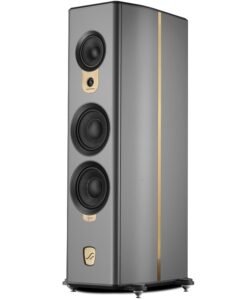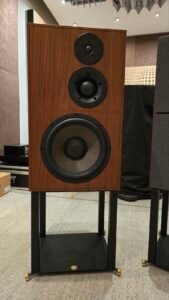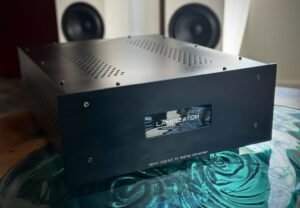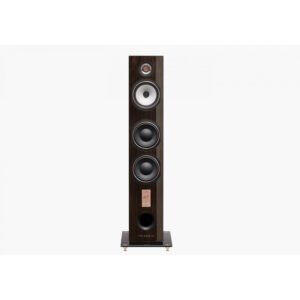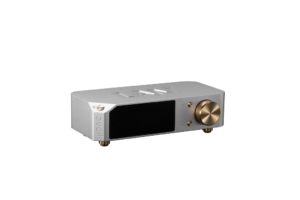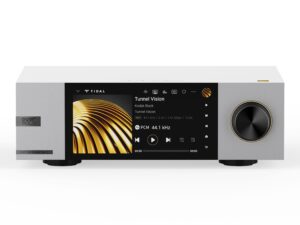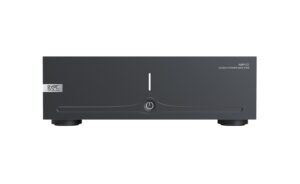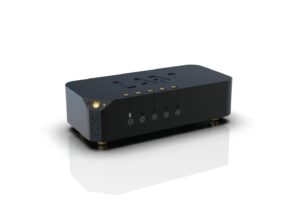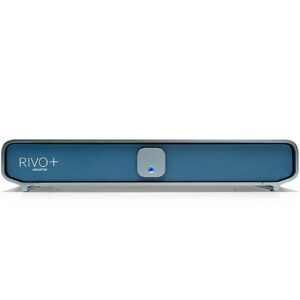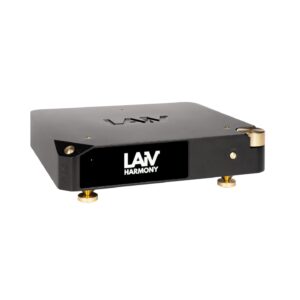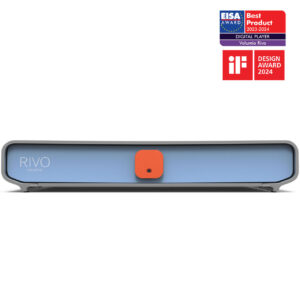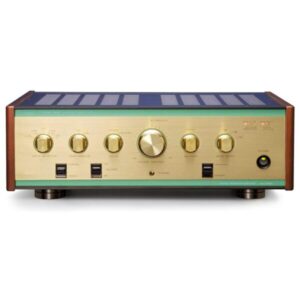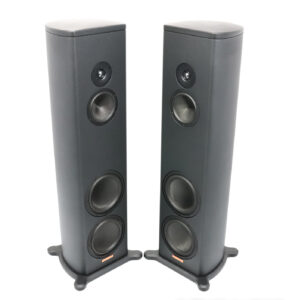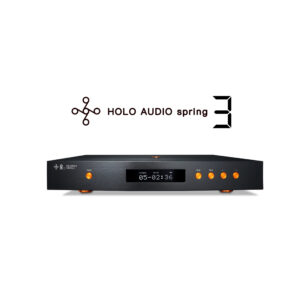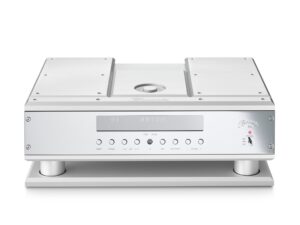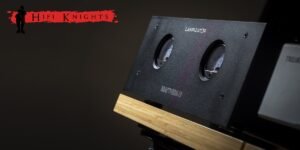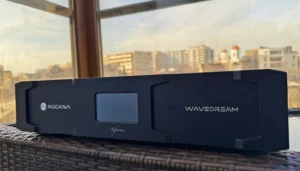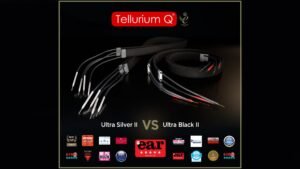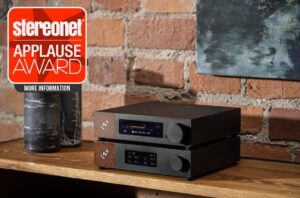- Home
- About us
- Blog
- Shop
-
- Brands
- ALL Brands List
- Acoustical Systems
- Analog Relax
- Antipodes Audio
- Astell & Kern
- Audio Solutions
- AudioByte
- AudioCircle
- Audiomica Laboratory
- Canary Audio
- Canor Audio
- Chameleon Audio
- Clarisys Audio
- CSPort
- Dan D'agostino
- Eversolo
- Farad Power Supplies
- Ferrum Audio
- Fezz Audio
- Fonolab
- Glanz
- HiFiMAN
- HoloAudio
- Icon Audio
- LAB 12
- LAIV
- LampizatOr
- Magico
- Mega Acoustic
- Monrio Audio
- OLIO SPEC
- Origin Live
- Pachancko Labs
- Phasemation
- Pink Faun
- PLiXIR
- Qualiton
- Questyle
- Reed
- Remton
- Revival Audio
- Riviera Audio
- Rockna Audio
- Sbooster
- Shelter
- Sigma Acoustics
- Signal Projects
- SOtM Audio
- Soulsonic Speakers
- Soundtastic (Struss Audio)
- SPEC
- Synthesis
- Tedeska
- Tellurium Q
- Trafomatic Audio
- Tsakiridis Devices
- Volumio
- Second Hand Deals
- Account














Latest Arrivals
Best Sellers
Latest Used Products
Latest Arrivals
-
2.950,00 €
-
- Select options This product has multiple variants. The options may be chosen on the product page
3.200,00 € -
- Select options This product has multiple variants. The options may be chosen on the product page
4.880,00 € -
- Select options This product has multiple variants. The options may be chosen on the product page
5.129,00 € -
650,00 €Original price was: 650,00 €.400,00 €Current price is: 400,00 €. -
- Select options This product has multiple variants. The options may be chosen on the product page
-
5.100,00 €Original price was: 5.100,00 €.3.695,00 €Current price is: 3.695,00 €. -
- Select options This product has multiple variants. The options may be chosen on the product page
14.400,00 € – 22.800,00 € -
- Select options This product has multiple variants. The options may be chosen on the product page
9.390,00 € -
3.850,00 €Original price was: 3.850,00 €.1.550,00 €Current price is: 1.550,00 €. -
- Select options This product has multiple variants. The options may be chosen on the product page
1.170,00 € – 1.190,00 € -
2.580,00 €
-
- Select options This product has multiple variants. The options may be chosen on the product page
1.299,00 €
Best Sellers
-
- Select options This product has multiple variants. The options may be chosen on the product page
1.170,00 € – 1.190,00 € -
- Select options This product has multiple variants. The options may be chosen on the product page
999,00 € -
-
1.299,00 €
-
- Select options This product has multiple variants. The options may be chosen on the product page
2.750,00 € – 2.900,00 € -
- Select options This product has multiple variants. The options may be chosen on the product page
989,00 € -
185,00 €
-
7.650,00 €Original price was: 7.650,00 €.4.900,00 €Current price is: 4.900,00 €. -
5.100,00 €Original price was: 5.100,00 €.3.695,00 €Current price is: 3.695,00 €. -
460,00 €Original price was: 460,00 €.170,00 €Current price is: 170,00 €.
Latest Used Products
-
2.950,00 €
-
650,00 €Original price was: 650,00 €.400,00 €Current price is: 400,00 €. -
5.100,00 €Original price was: 5.100,00 €.3.695,00 €Current price is: 3.695,00 €. -
3.850,00 €Original price was: 3.850,00 €.1.550,00 €Current price is: 1.550,00 €. -
2.050,00 €
-
1.590,00 €
-
Welcome to...
Chameleon Audio
Currently On Sale!
-
700,00 €Original price was: 700,00 €.500,00 €Current price is: 500,00 €. -
5.100,00 €Original price was: 5.100,00 €.3.695,00 €Current price is: 3.695,00 €. -
45.700,00 €Original price was: 45.700,00 €.18.500,00 €Current price is: 18.500,00 €. -
29.400,00 €Original price was: 29.400,00 €.14.000,00 €Current price is: 14.000,00 €.
Why Chameleon Audio?
You love us because of our...
Don't take if from us...
Read Real Feedback from Real Customers
EXCELLENT
Chameleon News!
See Our Latest Blog Posts
AudioSolutions Figaro S2 Floorstanding Speakers Review
April 4, 2024
AudioSolutions´ highly regarded Figaro series speakers have just received a significant makeover, borrowing cabinet technology...
Qualiton Phono Stage 2024 Review by Hxos Plus
March 12, 2024
ΠΛΗΡΗΣ ΑΝΑΝΕΩΣΗ ΓΙΑ ΤΟ ΜΟΝΑΔΙΚΟ PHONO STAGE ΤΗΣ AUDIO HUNGARY, ΤΟΣΟ ΕΞΩΤΕΡΙΚΑ ΟΣΟ ΚΑΙ ΕΣΩΤΕΡΙΚΑ....
Qualiton A75 Review Posi+ive Feedback
January 24, 2024
What It Is The Qualiton A75 is a single chassis integrated amplifier from Hungary, it...
Product of the year is for the Tellurium Q Silver Diamond range of cables
January 9, 2024
"For me, Silver Diamond series signal cable is one of the most impressive products of...
QUALITON 300B Review by HiFi Knights
May 7, 2025
The name of the tested integrated amplifier, ‘300B’, seems to say it all, but Qualiton...
LampizatOr Kraftwerk 10 – Review by HiFi Knights
April 16, 2025
I’m not sure whether this is common knowledge or not, but many performance-driven audio enthusiasts...
ROCKNA Wavedream Reference Signature DAC – A Digital Audio REVELATION (Review by SoundNews)
March 24, 2025
How would you describe digital-to-analog perfection? A perfect sine wave appearing on a screen? A...
Rockna Audio Wavelight WLS & DAC Review by SoundRebels (Translated)
March 24, 2025
Opinion 1 by Marcin OlszewskiDespite the continuing renaissance of the black disc, it is impossible...
LampizatOr Horizon360 Review by HiFi Knights
March 21, 2025
LampizatOr Horizon360 is the Polish company’s flagship DAC that had its debut in late 2024....
Rockna Wavedream Reference Signature Review by Headmania – Art Achieved Through Engineering
March 12, 2025
As you might already know from previous reviews, I am a big fan of Rockna...
Tellurium Q Ultra Black II vs Ultra Silver II cable showdown! By The EAR
February 27, 2025
First of all, let me be clear about my long history with Tellurium Q loudspeaker...
The Little Giant: Reed 2B Tonearm REVIEW by PTA
January 24, 2025
In the past 12 years, I’ve owned at least five Reed tonearms and have mounted...
Ferrum Audio WANDLA GoldenSound Edition DAC Review by Stereonet
January 16, 2025
Polish company Ferrum Audio has made a name for itself on the global hi-fi stage...
StereoNET Products of the Year 2025: Find the Winners at Chameleon Audio
December 22, 2024
We are thrilled to announce that products available in our store have been recognized in...
LAiV Harmony DAC Review by DARko
November 26, 2024
KrautFi? It’s hifi from Germany. Yet nobody calls it that. So why ChiFi? More than...
The LAiV Harmony HP2A & LExt Arrive at Chameleon Audio
November 1, 2024
For those who've been following the high-end audio scene, LAiV has been turning heads with...
LampizatOr Kraftwerk 10 is Ready
October 24, 2024
The LampizatOr Kraftwerk 10 arrives at Chameleon Audio... At Warsaw Audio Show our room with...
Hxos Eikona Show 2024 Προσκλήσεις
October 17, 2024
Με πολλές νέες εμφανίσεις και επιλεγμένους κατασκευαστές η Chameleon Audio κατεβαίνει στην μεγάλη Έκθεση HXOS...
The EAR net 5-star Review of Atalante 5 Revival Audio
June 27, 2024
The UK-based magazine focuses on High-End audio product reviews. We are humbly proud to receive...
AudioSolutions Figaro S2 Floorstanding Speakers Review
April 4, 2024
AudioSolutions´ highly regarded Figaro series speakers have just received a significant makeover, borrowing cabinet technology...
Qualiton Phono Stage 2024 Review by Hxos Plus
March 12, 2024
ΠΛΗΡΗΣ ΑΝΑΝΕΩΣΗ ΓΙΑ ΤΟ ΜΟΝΑΔΙΚΟ PHONO STAGE ΤΗΣ AUDIO HUNGARY, ΤΟΣΟ ΕΞΩΤΕΡΙΚΑ ΟΣΟ ΚΑΙ ΕΣΩΤΕΡΙΚΑ....
Qualiton A75 Review Posi+ive Feedback
January 24, 2024
What It Is The Qualiton A75 is a single chassis integrated amplifier from Hungary, it...
Product of the year is for the Tellurium Q Silver Diamond range of cables
January 9, 2024
"For me, Silver Diamond series signal cable is one of the most impressive products of...
QUALITON 300B Review by HiFi Knights
May 7, 2025
The name of the tested integrated amplifier, ‘300B’, seems to say it all, but Qualiton...
LampizatOr Kraftwerk 10 – Review by HiFi Knights
April 16, 2025
I’m not sure whether this is common knowledge or not, but many performance-driven audio enthusiasts...
ROCKNA Wavedream Reference Signature DAC – A Digital Audio REVELATION (Review by SoundNews)
March 24, 2025
How would you describe digital-to-analog perfection? A perfect sine wave appearing on a screen? A...
Rockna Audio Wavelight WLS & DAC Review by SoundRebels (Translated)
March 24, 2025
Opinion 1 by Marcin OlszewskiDespite the continuing renaissance of the black disc, it is impossible...
LampizatOr Horizon360 Review by HiFi Knights
March 21, 2025
LampizatOr Horizon360 is the Polish company’s flagship DAC that had its debut in late 2024....
{"slide_show":"5","slide_scroll":1,"dots":"true","arrows":"true","autoplay":"false","autoplay_interval":3000,"speed":600,"loop":"true","design":"design-1"}








